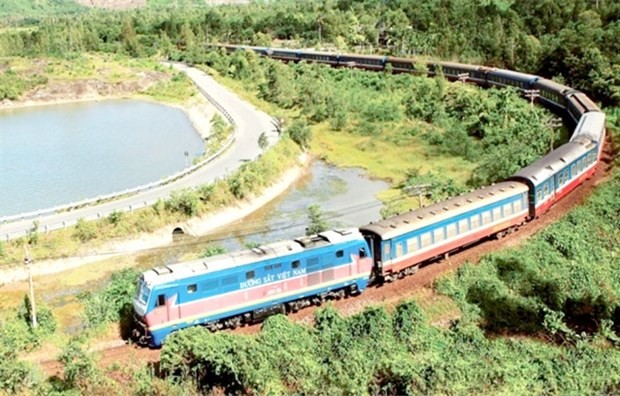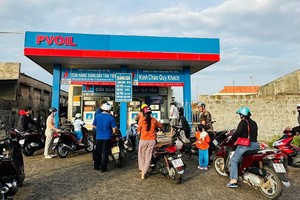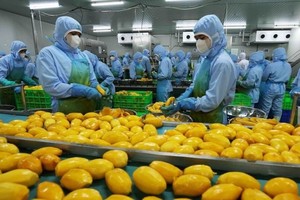
The new rail lines are included in a larger project for the city’s logistics sector until 2025 with a vision to 2030 that has been approved by the municipal People’s Committee.
They will connect to the national railway system and cross-border transport routes.
The first HCMC - My Tho - Can Tho rail line will start from HCM City, run through My Tho city in the Mekong Delta province of Tien Giang, and end at Can Tho city.
The line will link with the North-South railway whose ending point is An Binh Station in Can Tho city. It is expected to extend to the southernmost province of Ca Mau.
The second rail line between HCMC and southern Tay Ninh province will connect with the HCM City - My Tho - Can Tho rail line at Tan Chanh Hiep Station in HCM City’s district 12.
The third rail line will link Thu Thiem Station in HCMC’s district 2 with Long Thanh International Airport in Dong Nai province.
The fourth rail line will be on the North-South axis, linking HCMC with Nha Trang city in the south-central province of Khanh Hoa.
The fifth rail line will be a double-track railway that will connect the national railway system to Hiep Phuoc Port in HCMC’s Nha Be district and Long An International Port in the Mekong Delta province of Long An.
Under the project for the logistics sector, the city has asked the Ministry of Transport to approve an upgrade of the existing North-South railway, ensuring an average speed of 80-90km per hour for passenger trains and 50-60 km per hour for freight trains.
It has also asked the ministry to approve the widening of the existing HCM City - Trung Luong and HCMC- Long Thanh - Dau Giay expressways, and speed up construction of HCM City - Thu Dau Mot - Chon Thanh and HCM City - Moc Bai expressways.
Logistics costs of a number of industries remain high. For example, the logistics costs of the seafood sector accounts for 25-30 percent of total costs.
One of the major reasons for the high costs is the traffic congestion on roads between cities and provinces in the southern region, which lengthens travel time.
The revenue growth rate of logistics services in the city is expected to reach 15 percent by 2025 and 20 percent by 2030.
Logistics costs are expected to make up for 10 percent of the city’s GDP by 2025 and 15 percent by 2030.
























